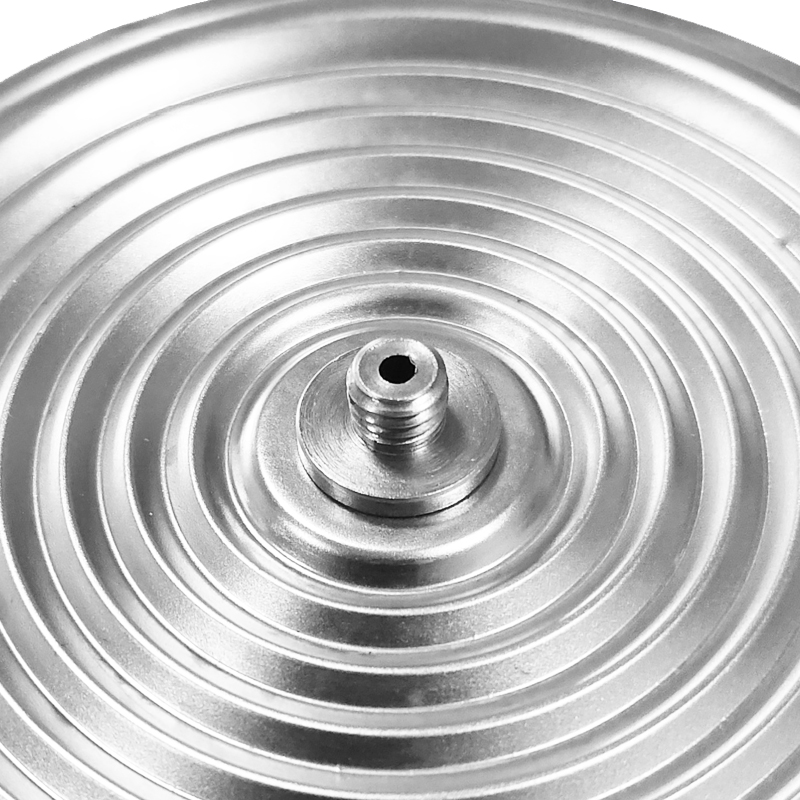
Jul . 30, 2024 00:58 Back to list
High Precision Medical Pressure Gauge for Accurate Monitoring and Reliable Patient Care Solutions
Understanding Medical Pressure Gauges A Critical Tool in Healthcare
In the realm of healthcare, precise measurements and monitoring play a pivotal role in ensuring patient safety and effective treatment. One such essential instrument is the medical pressure gauge, a device crucial for assessing blood pressure, monitoring gas pressures in anesthetic machines, and managing various types of medical equipment. This article delves into the significance, types, functionalities, and best practices associated with medical pressure gauges in clinical environments.
The Importance of Medical Pressure Gauges
Medical pressure gauges are vital for diagnosing and managing cardiovascular conditions. They provide accurate readings of blood pressure, which is integral to evaluating a patient’s health status, tracking the progress of treatment, and adjusting medications accordingly. In anesthesia, pressure gauges monitor the delivery of gases and ensure that patients receive the appropriate levels of anesthetic agents without the risk of over or under-dosage.
Moreover, in critical care settings, these gauges are essential for managing ventilators and monitoring the pressure in various lines, such as IVs and oxygen delivery systems. Incorrect pressure readings can lead to severe complications, underlining the importance of these instruments in maintaining clinical precision.
Types of Medical Pressure Gauges
Various types of medical pressure gauges are designed to cater to different needs within the healthcare setting
1. Sphygmomanometers Commonly used to measure blood pressure, these devices can be manual or automated. Manual sphygmomanometers require a stethoscope for auscultation, while automated versions offer digital readings.
medical pressure gauge product

2. Digital Pressure Gauges These provide electronic measurements and often include features like data logging, alarms, and connectivity to hospital information systems, enhancing functionality and ease of use.
3. Anesthesia Pressure Monitors Specifically designed for anesthetic machines, these gauges help to monitor the pressures of gases being delivered to patients, ensuring safe levels during surgery and sedation.
4. Transducer Pressure Monitors Commonly used in intensive care units, these provide real-time pressure readings from intravascular catheters, allowing for continuous monitoring of a patient’s hemodynamic status.
Functionality and Best Practices
Medical pressure gauges function by converting pressure into a readable format, either via analog or digital displays. Calibration is critical for ensuring accuracy; thus, regular maintenance and testing against known standards are essential practices in any healthcare facility.
When using pressure gauges, healthcare professionals must adhere to best practices to ensure accurate readings and patient safety. Proper positioning of the patient, selecting the right cuff size for blood pressure measurements, and ensuring that equipment is in good working order are all crucial steps in the monitoring process. Additionally, it is vital to document readings accurately and consistently, as this data can inform treatment decisions and track patient progress.
Conclusion
Medical pressure gauges are indispensable tools in healthcare, playing a crucial role in patient monitoring and treatment. Their importance in ensuring accurate measurements cannot be overstated, as incorrect readings can lead to significant health risks. Understanding the various types and proper use of these instruments enhances healthcare professionals’ ability to deliver safe and effective care. As medical technology continues to evolve, the sophistication and accuracy of pressure gauges will likely improve, further bolstering their effectiveness in clinical practice.
-
High-Precision 5 Valve Manifold Differential Pressure Gauge Suppliers
NewsApr.29,2025
-
High-Precision Diaphragm Vacuum Pressure Gauges Manufacturers & Quotes
NewsApr.29,2025
-
Omega Differential Pressure Gauges High Accuracy & Durability
NewsApr.28,2025
-
Low Pressure Differential Pressure Gauges Precision Solutions & Quotes
NewsApr.28,2025
-
Digital Diaphragm Pressure Gaauge Precision Measurement & OEM Quotes
NewsApr.28,2025
-
Differential Pressure Gauge China Price High-Accuracy & Best Quotes
NewsApr.28,2025
